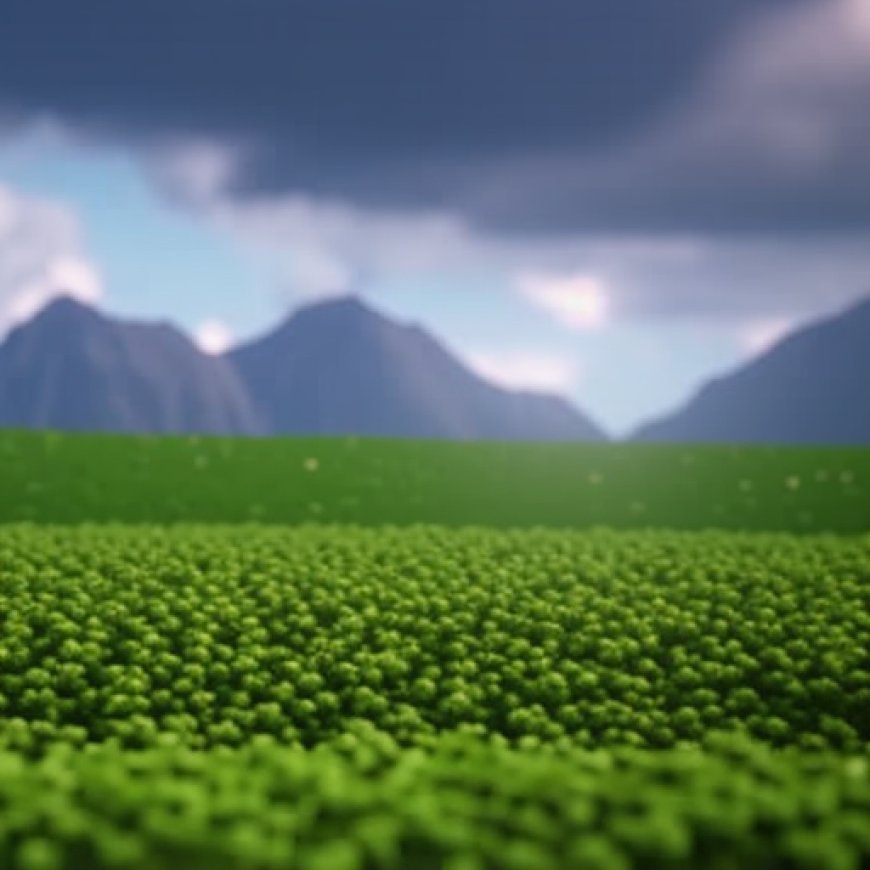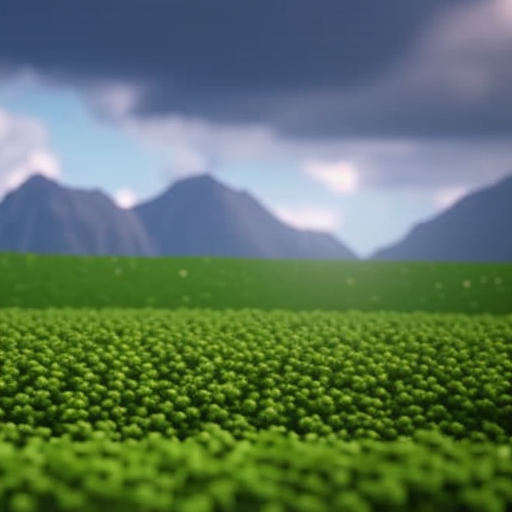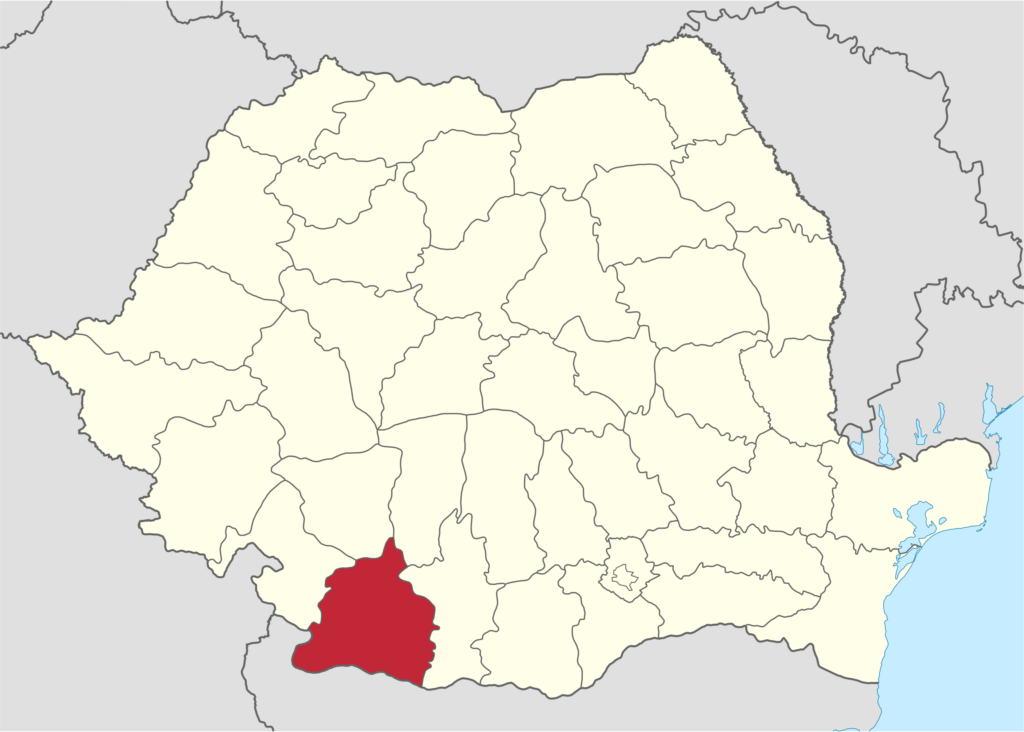Romania moves to combat loss of southern arable land – Environment Minister – CET
Romania moves to combat loss of southern arable land – Environment Minister CET


Romania’s Efforts to Combat Loss of Southern Arable Land
The Impact of Rising Temperatures on Desertification
Romanian Minister of Environment, Waters and Forests, Mircea Fechet, addressed the issue of desertification in the country during the Romanian Business and Investment Roundtable in Bucharest on April 5th. Fechet emphasized the urgent need for action as rising temperatures continue to accelerate the process of desertification in Romania.
The Importance of Afforestation
Fechet highlighted the crucial role of afforestation in combating desertification. He expressed satisfaction that a significant portion of the budget allocated for afforestation funds from the National Plan for Recovery and Resilience (PNRR) is being directed towards the southern region of the country, where it is most needed.
The Alarming Loss of Arable Land
According to Fechet, Romania is currently losing 1,000 hectares of arable land annually due to desertification in the southern part of the country. He emphasized that rapid afforestation is the only viable solution to address this issue. Without intervention, Romania may face a climate similar to that of Greece in the coming years.
Firsthand Observations
Fechet personally witnessed the devastating impact of desertification during his visits to Dolj county and Mehedinti county in southern Romania. He described how the arable land is being swallowed up by the expanding desert, making it increasingly difficult for farming communities to survive.

The Historical Context
The process of desertification in Romania began in the 1960s when the country’s communist totalitarian leader, Nicolae Ceausescu, ordered the deforestation of large areas. This deforestation led to the draining of 26% of the country’s water farmland, including all five natural bodies of water in the Oltenia region.
After the fall of communism in 1989, the land was returned to private landowners who further contributed to deforestation by cutting down 30,000 hectares of forest. As a result, the 47km-long Potelu Lake, which was drained by the Ceausescu regime, is now completely dry. Dabuleni, known as the “capital of the Oltenian Sahara,” is home to Europe’s only sand museum.
The Urgency of Action
Environmentalists have warned that if swift action is not taken, Romania may experience an arid climate similar to that of Greece within the next 20 years. Fechet emphasized the need for immediate measures to prevent this outcome.
Related Articles
- CEE members mark accession anniversaries as NATO vows to back Ukraine
- PiS places first in Polish local elections as KO fails to deliver knockout blow
SDGs, Targets, and Indicators
-
SDG 15: Life on Land
- Target 15.3: By 2030, combat desertification, restore degraded land and soil, including land affected by desertification, drought and floods, and strive to achieve a land degradation-neutral world.
- Indicator 15.3.1: Proportion of land that is degraded over total land area.
-
SDG 13: Climate Action
- Target 13.1: Strengthen resilience and adaptive capacity to climate-related hazards and natural disasters in all countries.
- Indicator 13.1.1: Number of deaths, missing persons and directly affected persons attributed to disasters per 100,000 population.
The article highlights the issue of desertification and the loss of arable land in southern Romania. This issue is connected to SDG 15: Life on Land, which aims to combat desertification and restore degraded land. The specific target under this SDG that can be identified based on the article’s content is Target 15.3, which calls for the combatting of desertification and the restoration of degraded land by 2030. The indicator mentioned in the article that can be used to measure progress towards this target is Indicator 15.3.1, which measures the proportion of land that is degraded over the total land area.
The article also mentions the impact of rising temperatures on desertification, which is connected to SDG 13: Climate Action. This SDG aims to strengthen resilience and adaptive capacity to climate-related hazards and natural disasters. The specific target under this SDG that can be identified based on the article’s content is Target 13.1, which calls for the strengthening of resilience and adaptive capacity to climate-related hazards and natural disasters in all countries. The indicator mentioned in the article that can be used to measure progress towards this target is Indicator 13.1.1, which measures the number of deaths, missing persons, and directly affected persons attributed to disasters per 100,000 population.
| SDGs | Targets | Indicators |
|---|---|---|
| SDG 15: Life on Land | Target 15.3: By 2030, combat desertification, restore degraded land and soil, including land affected by desertification, drought and floods, and strive to achieve a land degradation-neutral world. | Indicator 15.3.1: Proportion of land that is degraded over total land area. |
| SDG 13: Climate Action | Target 13.1: Strengthen resilience and adaptive capacity to climate-related hazards and natural disasters in all countries. | Indicator 13.1.1: Number of deaths, missing persons and directly affected persons attributed to disasters per 100,000 population. |
Behold! This splendid article springs forth from the wellspring of knowledge, shaped by a wondrous proprietary AI technology that delved into a vast ocean of data, illuminating the path towards the Sustainable Development Goals. Remember that all rights are reserved by SDG Investors LLC, empowering us to champion progress together.
Source: centraleuropeantimes.com

Join us, as fellow seekers of change, on a transformative journey at https://sdgtalks.ai/welcome, where you can become a member and actively contribute to shaping a brighter future.







